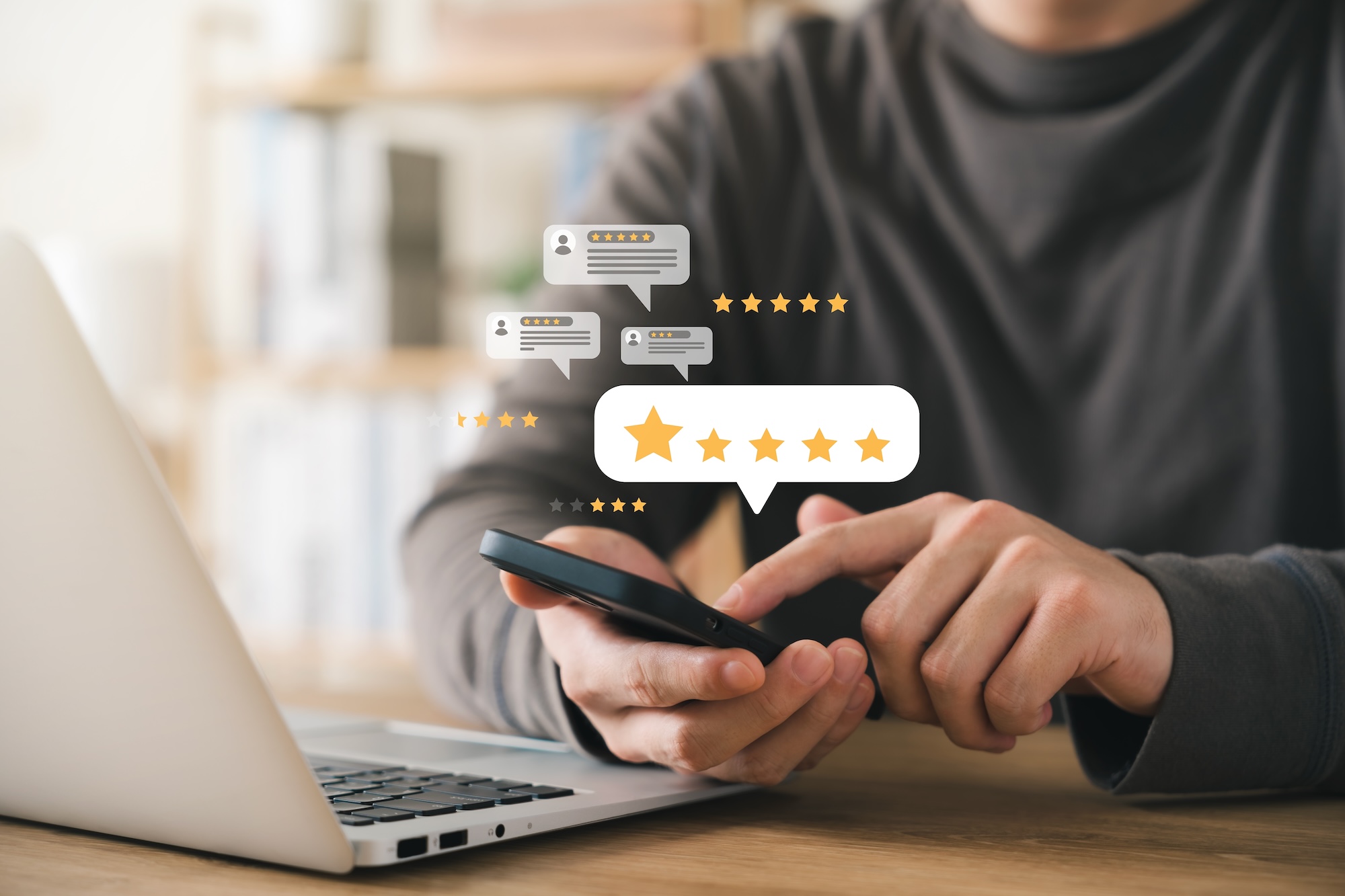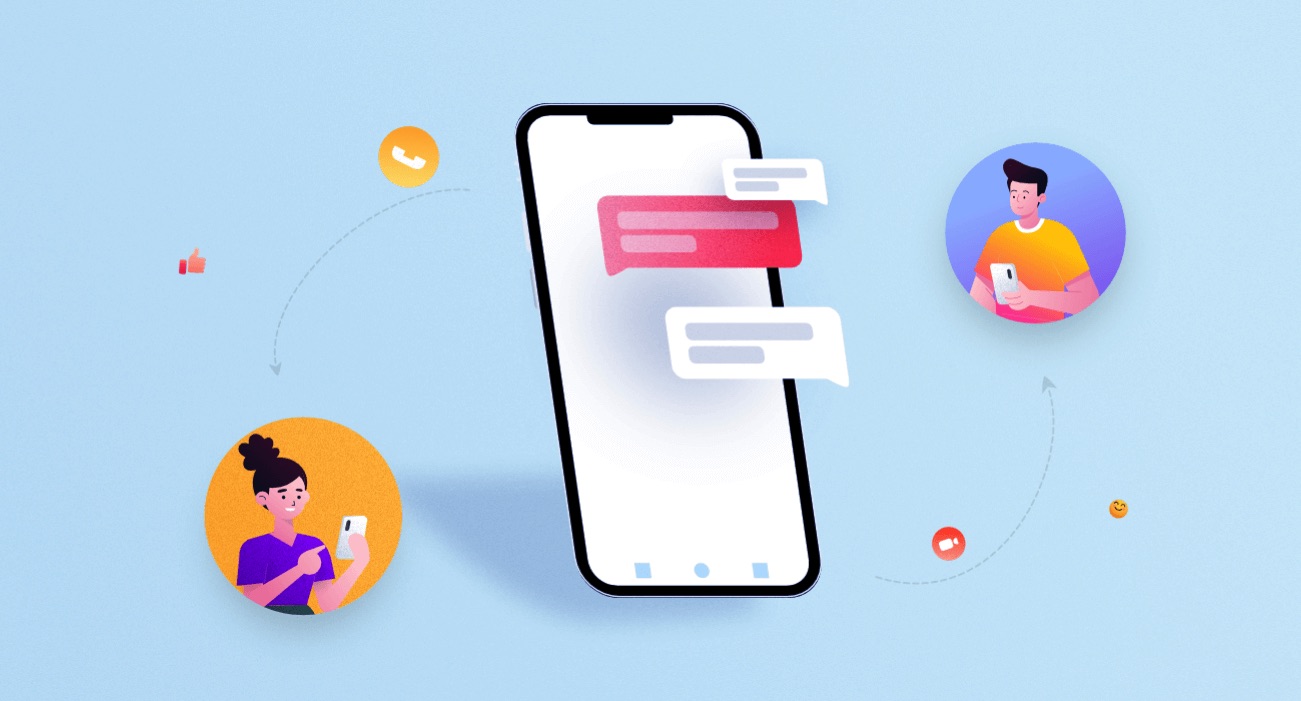Did you know, businesses that excel at lead nurturing through mid funnel marketing generate 50% more sales-ready leads at a 33% lower cost? The middle of the sales funnel represents a critical phase where potential customers weigh their options and businesses have a golden opportunity to influence their decisions.
At this mid funnel stage, your prospects are not just aware of their needs but are actively seeking solutions. It’s here that your marketing efforts must be especially strategic and targeted, focusing on deepening relationships and elevating interest to the level of action-ready decision-making. By employing a mix of personalized content marketing, sophisticated email campaigns, and smart retargeting tactics, businesses can effectively engage and persuade their audiences.
As we explore the nuances of mid funnel marketing tactics, from content creation to the use of automation tools, this post will provide you with actionable strategies to refine your marketing funnel for better lead conversion rates.
Understanding Mid Funnel Marketing
Let’s start with the basics…
What is Mid Funnel Marketing?
Mid funnel marketing is the strategic art of engaging prospects who are aware of their needs and are actively considering various solutions. This stage is crucial because it’s where interest can be transformed into decision-making intent. It encompasses various tactics aimed at nurturing these potential customers by providing relevant information, persuasive content, and interactive experiences that address their specific concerns and preferences.
Importance of Mid Funnel Marketing
The importance of nurturing leads in the mid funnel cannot be overstated. It bridges the gap between initial awareness (top of the funnel) and the decision to purchase (bottom of the funnel). By effectively engaging prospects at this stage, businesses can significantly increase the likelihood of converting them into paying customers.
Differences Between Funnel Stages
The sales funnel is typically divided into three primary stages:
- Top of the Funnel (ToFu): Focuses on generating awareness and attracting new leads. Tactics often include broad-reach content like blog posts, social media updates, and informational videos.
- Middle of the Funnel (MoFu): This is where mid funnel marketing comes into play, emphasizing lead nurturing and building consideration. Here, content becomes more detailed and personalized, including targeted emails, eBooks, and specialized webinars.
- Bottom of the Funnel (BoFu): At this final stage, the content and interactions are highly specific, aimed at sealing the deal. It involves detailed product demos, customer testimonials, and persuasive calls-to-action.
To round out your understanding of how these stages interact and flow into one another, be sure to explore our detailed discussion on top of funnel marketing strategies.
By clearly defining and differentiating each of these stages, businesses can create a more strategic approach that addresses the unique needs and interests of prospects at each phase of their journey, ultimately leading to better conversion rates and customer retention.
The Role of Consideration Marketing in the Mid Funnel
Consideration marketing is pivotal during the mid funnel stage, serving as the critical link between gaining awareness and prompting a decision. At this juncture, your marketing efforts should focus on deepening engagement with your leads, answering their queries, addressing their concerns or objections, and aligning with their values and expectations.
Examples of Successful Consideration Marketing Tactics
- Educational Content: By offering well-researched, informative content such as whitepapers, detailed blog posts, and informative webinars, businesses can establish a strong rapport with potential customers. For example, a B2B software company might provide a comprehensive guide on how its product can streamline business processes, in an attempt to help leads understand the practical benefits and ROI of the product.
- Interactive Tools: Tools like quizzes, calculators, or product configurators allow prospects to see personalized results or solutions based on their inputs. This interactive engagement makes the consideration process more tangible and personalized.
- Social Proof: Leveraging testimonials, case studies, and user reviews can significantly impact the decision-making process. According to a survey by Dimensional Research, 90% of respondents claimed that positive online reviews influenced their buying decisions, showcasing the powerful role of social proof in consideration marketing.
- Targeted Campaigns: Segmenting your email campaigns to deliver messages tailored to the specific needs and stages of your prospects can increase engagement and move leads closer to a decision. These campaigns often feature more specific and detailed content than those sent at the top of the funnel.
The strategic use of consideration marketing not only keeps your brand at the forefront of the prospect’s mind but also builds a foundation of trust and credibility. Each interaction is designed to gradually convince the lead that your solution is the best fit for their needs, thereby smoothing the transition to the decision-making phase.
By focusing on the specific needs and concerns of the prospects during this mid funnel stage, businesses can effectively guide them toward making an informed purchase decision, thus enhancing the overall efficiency of the sales funnel.
Effective Mid Funnel Marketing Tactics
Now, let’s explore some tried and tested mid funnel marketing tactics that help deepen engagement and nurture leads who are considering your product or service. These strategies aim to educate, persuade, and move prospects closer to a purchasing decision by employing a variety of targeted marketing approaches.
- Content marketing plays a crucial role in the mid funnel by providing valuable information that addresses prospects’ specific needs and questions. For instance, case studies highlighting customer success can demonstrate the practical benefits of a product, while detailed blog posts can delve into features and use-cases that resonate with the target audience.
- Email marketing is a powerful tool for personalizing your outreach. By segmenting your email list based on user behavior and demographic data, you can send tailored content that speaks directly to the interests and needs of different segments. A 2019 study by Campaign Monitor found that marketers who used segmented campaigns noted as much as a 760% increase in revenue, showcasing the effectiveness of targeted email strategies in the mid funnel.
- Retargeting campaigns aim to recapture the attention of prospects who have shown interest but haven’t yet committed. By displaying relevant ads based on their previous interactions with your website or content, retargeting helps keep your brand top-of-mind and encourages leads to revisit their decision-making process.
- Integrating video content into your mid funnel strategy can significantly enhance engagement. Videos can be used to explain complex products or services succinctly and engagingly, which is particularly useful in technical or niche markets. Videos also increase the time spent on your site, or “dwell time,” which can signal to search engines that your site provides valuable content, potentially improving SEO rankings in the process.

Optimizing Stage Marketing for Better Lead Conversion
Stage marketing refers to tailoring marketing efforts to match the specific stage of the buyer’s journey that a lead is currently navigating. This approach ensures that the messaging and offers are perfectly aligned with the lead’s readiness to purchase, maximizing the chances of conversion.
Aligning Content and Offers
- Awareness Stage: At this initial stage or top of the funnel, the focus is on broad, educational content that addresses general needs and problems related to your industry. The goal is to attract as many potential leads as possible.
- Consideration Stage: As explored above, the content at this middle stage should become more detailed and specific, highlighting features, benefits, and differentiators of your offerings. This is where targeted ebooks, webinars, and product demos come into play, providing deeper insights that help leads evaluate your product as a potential solution.
- Decision Stage: At the final stage or bottom of the funnel, your marketing should include strong calls-to-action, special offers, and compelling reasons to choose your product over competitors. Content like detailed case studies, testimonials, and comparative analyses can be very effective.
By focusing on the distinct needs at each stage of the buyer’s journey, businesses can create more targeted, effective marketing campaigns that move leads smoothly toward making a purchase.
Leveraging Technology in Mid Funnel Marketing
A study by Salesforce found that 52% of consumers expect offers to always be personalized, highlighting the demand for customized experiences across the customer journey. Leveraging technology such as Customer Relationship Management (CRM) systems, marketing automation tools, and analytics platforms is crucial in meeting these expectations by enabling businesses to create highly personalized and relevant content that resonates with each individual lead.
Key Technologies in Mid Funnel Marketing
- CRM Systems: These systems store valuable data about each lead’s interactions with your brand, which can be used to tailor future communications and offers. CRMs help ensure that no potential customer is forgotten and that every interaction is informed by past behavior. Popular tools include Salesforce, HubSpot, and Zoho CRM, just to name a few.
- Marketing Automation: Automation tools allow for the scaling of personalized marketing efforts without increasing the workload on your marketing team. For instance, automated email sequences can be triggered based on specific behaviors, delivering relevant content at just the right time. Trusted automation tools include Mailchimp, Marketo, and ActiveCampaign.
- Analytics and Data Platforms: Utilizing analytics helps marketers understand the effectiveness of their tactics and optimize their strategies. By analyzing user behavior, conversion rates, and engagement levels, businesses can make data-driven decisions to improve their mid funnel marketing efforts. Notable platforms include Google Analytics, Tableau, and Mixpanel.
Additional Considerations for Middle Funnel Marketing
As you refine your mid funnel marketing strategy, incorporating advanced personalization techniques and strategically placed social proof can dramatically enhance lead nurturing efforts. Here’s how to integrate these elements more effectively and ensure that they resonate specifically with leads at this crucial stage.
Advanced Personalization Techniques
Advanced personalization goes beyond basic strategies to include predictive analytics and real-time data usage, which can tailor the marketing experience even more precisely:
- Predictive Analytics: Utilize predictive models to forecast future buying behaviors based on past data. This can help in creating highly targeted campaigns that anticipate the needs and interests of leads.
- Real-Time Personalization: Implement technology that adjusts content dynamically based on user interactions. For example, if a prospect spends time on a specific product page, subsequent emails or ads might focus more on that product, increasing relevance and engagement.
Strategic Placement of Social Proof
The strategic placement of social proof can influence prospects more effectively when they are evaluating their options. Consider these approaches:
- Segmented Case Studies: Share case studies relevant to specific industries or problems that align with the prospect’s interests, prominently featured in emails or on product pages.
- Contextual Testimonials: Place testimonials near related content or products to reinforce their message. For example, a testimonial about excellent customer service can be placed on a support or contact page.

Leveraging User-Generated Content in the Mid Funnel
User-generated content (UGC) not only provides authenticity but also enhances engagement. Here’s how to incorporate it effectively:
- Feature UGC in Targeted Campaigns: Include customer photos, videos, and reviews in your email marketing or on specific product pages to show real-life applications and satisfaction.
- Create a Community Feel: Encourage users to share their stories and experiences with your product on social media, and feature these stories in your mid funnel campaigns to build a sense of community and trust.
Why Mid Funnel Marketing is Crucial for Your Business
As we’ve explored throughout this blog post, mid funnel marketing is an essential component of a successful sales funnel strategy. It’s at this stage where potential customers are transformed into active leads and active leads are nurtured toward making a purchase decision. Here’s why emphasizing mid funnel marketing can be a game-changer for your business:
Builds Stronger Relationships with Prospects
Mid funnel marketing allows you to deepen the relationship with prospects by providing them with tailored information and solutions that meet their specific needs. This personalized approach builds trust and credibility, key factors that influence a prospect’s decision to choose your business over competitors.
Increases Conversion Rates
By effectively engaging leads at this critical stage, you’re more likely to convert them into customers. The targeted tactics discussed—such as advanced personalization, strategic use of social proof, and leveraging technology—enhance the relevance and impact of your marketing efforts, directly contributing to higher conversion rates.
Enhances Customer Retention
Customers who feel understood and valued are more likely to stick with your brand in the long run. Mid funnel marketing doesn’t just help in acquiring customers; it sets the stage for ongoing engagement and loyalty, which are crucial for sustained business growth.
Now that you understand the importance of mid funnel marketing and the strategies that can enhance it, it’s time to implement these tactics. Explore our mid funnel marketing services to see how we can help you refine your approach, or dive deeper into our resources with this blog post on done-for-you sales funnels. Or for custom solutions, schedule a free strategy session with Flyrise today here.
By emphasizing mid funnel marketing, you’re investing in the future of your business! You’ll not only propel your business forward by converting awareness into actionable interest but also cultivate enduring relationships that transform potential leads into loyal customers.



